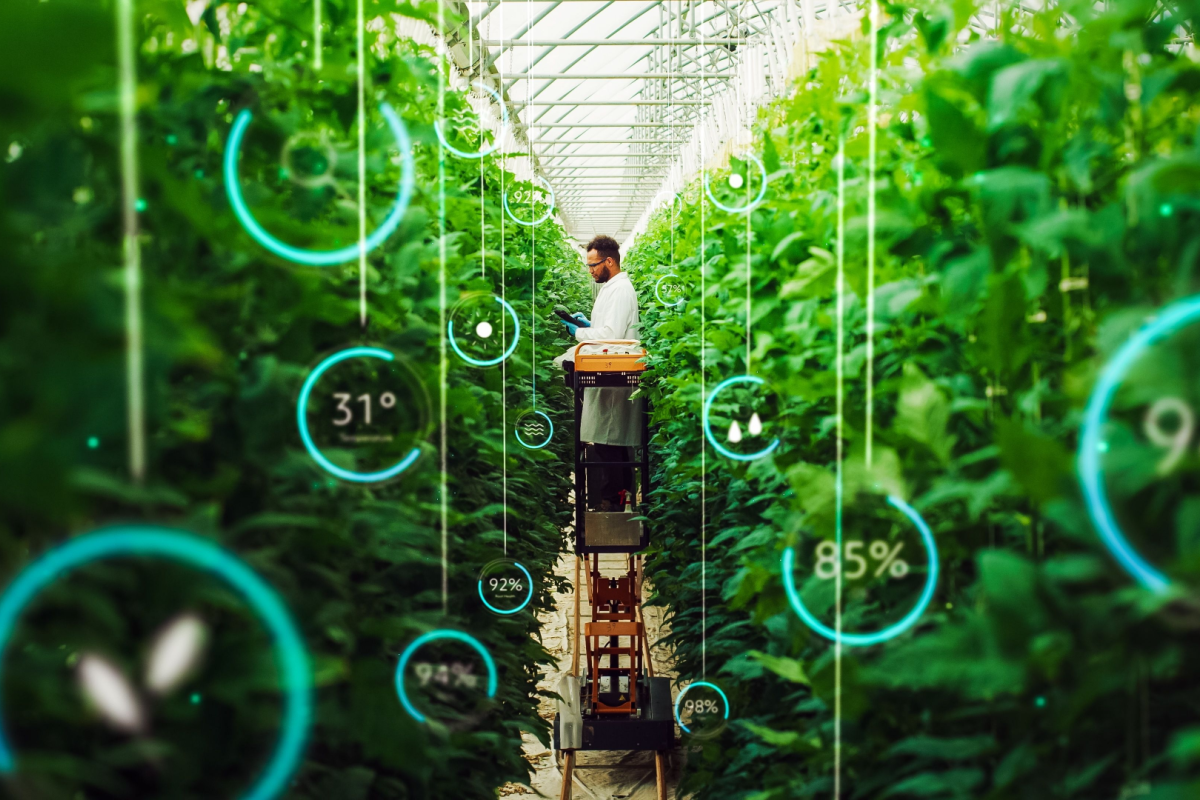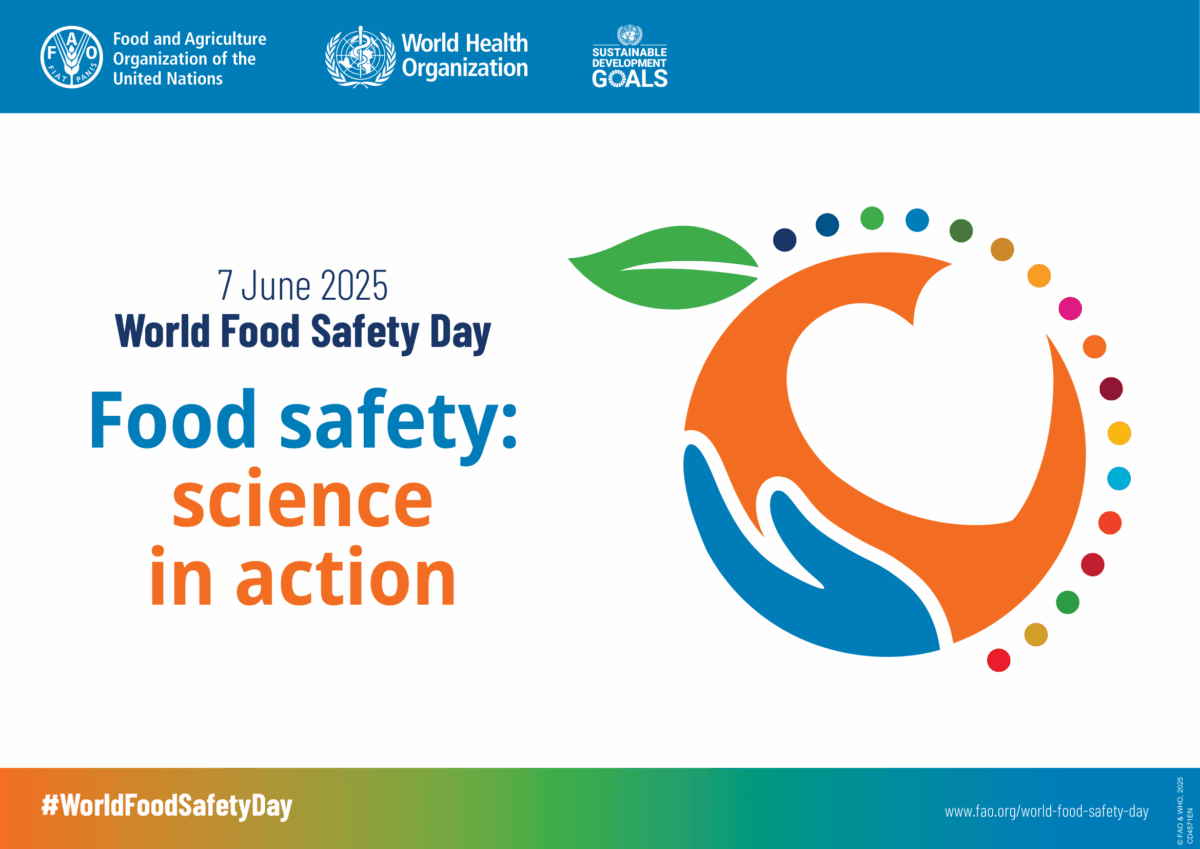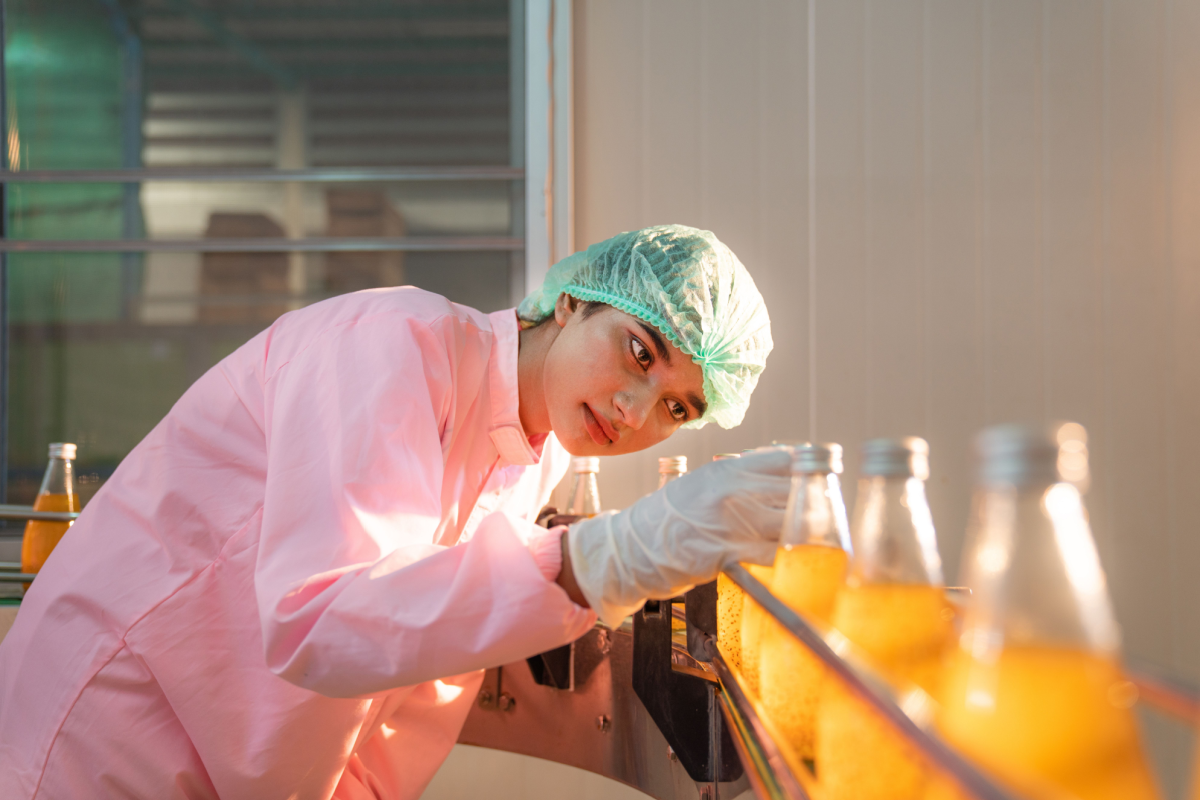When it comes to making coffee at home, single-use coffee pods have developed a reputation for ranking low on the sustainability scale and having a high carbon footprint. Despite this, single-use coffee pods have increased in popularity by 50 percent between 2015 and 2020, according to the National Coffee Association.
Whether Keurig or Nespresso, 40 percent of Americans have at-home brewing machines, a figure that shot up during the COVID-19 pandemic thanks to stay-at-home orders. To keep up with the growing demand, it is estimated that 39,000 coffee pods are produced every minute globally, and a majority of them end up in landfills since they are not as easy to recycle as the packaging indicates.
Now, Nestlé-owned Nespresso is launching a line of paper-based, compostable single-use coffee pods — a move that could serve to make the at-home machines more convenient and environmentally friendly. So, will these biodegradable capsules be more sustainable than their recyclable counterparts? And will other companies follow suit?
Related: Is There a Coffee Shortage Brewing?
Environmental Friendliness of Single-Use Coffee Pods
A 2021 study that looked at the environmental impact of different coffee brewing methods found that, “by using coffee pods or capsules, the contribution of the packaging material production and post-consumer waste disposal increased up to represent the secondary share of the overall greenhouse gas emissions.”
However, newer research by the University of Quebec in Canada suggests that single-use coffee pods may not be as wasteful as preparing coffee using a traditional coffee maker. The study, which took into account the entire coffee production process, found that traditional filtered coffee produced the most amount of carbon dioxide, followed by French press-produced coffee, then single-use coffee pods.
Clearly, research into the sustainability of coffee pods isn’t settled. Since there are many factors at play, from sourcing to production and packaging to wastefulness, the debate may never be resolved unanimously. Let’s take a look at the two most popular single-use coffee pod manufacturers to understand the role they play in emissions.
Keurig versus Nespresso
Since it launched its first at-home brewers and K-Cup pods in 1998, Keurig has been using fossil fuel-derived plastic in its pods. And despite its packaging indicating that they can be recycled, it’s not as simple as tossing a used pod in the bin. Users must peel off and discard the aluminum foil top, toss the grounds and the paper filter, then rinse out the pod. Only after these steps can K-Cups be recycled.

Meanwhile, Nespresso produces its pods primarily from aluminum and spends more than $35 million annually on a coffee pod recycling program. Since some towns don’t recycle all types of aluminum, the company encourages consumers to use its recycling program, which can be accessed in stores and online. From a convenience standpoint, neither Keurig or Nespresso take the lead.
However, beginning in spring 2023, Nespresso will roll out compostable coffee pods in France and Switzerland, with plans for a broader European launch later this year. The new pods, which took three years to develop, will be compatible with existing Nespresso machines, offering brand devotees another option for their at-home brewing. From a sustainability perspective, Nespresso comes out on top.
The Bigger Picture
Some aspects of coffee consumption are beyond the control of consumers. No matter the preparation method, the agricultural phase of coffee production — including the intensive irrigation, fertilization and use of pesticides — is the most polluting. This is why some researchers argue that single-use coffee pods are less harmful than using more coffee than needed to make a single cup.
Ultimately, it is up to consumers to do research and make informed purchasing decisions, from coffee pods to cars and everything in between. While no studies or researchers suggest eliminating coffee altogether, consumers are encouraged to limit their coffee intake and try various methods of at-home brewing to determine which is right for them.
While the sustainability of single-use coffee pods should not be overlooked, it is important to remember that larger environmental issues are still at play. Often, too much attention over individual issues can distract consumers from climate issues that have a larger impact, including reducing reliance on fossil fuels and forever chemicals like perfluoroalkyl and polyfluoroalkyl substances (PFAS).
Although it remains to be seen whether Keurig and other companies will introduce compostable coffee pods, Nespresso is hopeful its pilot program will be effective in lowering its carbon footprint and heightening convenience for consumers.












Join or login to leave a comment
JOIN LOGIN